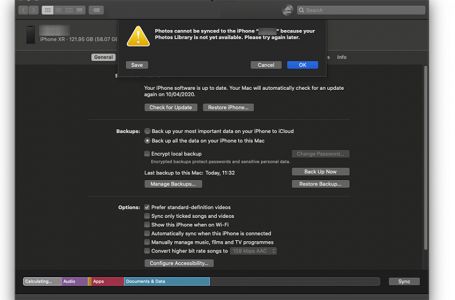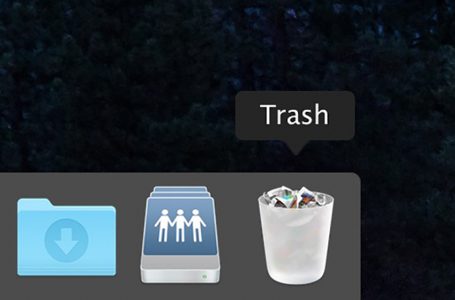Mac OS X Tiger, Measures To Make Airport Re-Connect After Waking Up From Sleep Or Restarting
Since the latest Mac OS X 10.4.8 updates, some Macs have been affected with a strange malady. Unlike before, the Macs suffer an inability to automatically re-connect to preferred WiFi networks that have already been saved in the system’s WiFi list. This has been commonly reported to occur whenever the Mac is waking up from sleep or restarted.
Although, no formal statement is forthcoming from Apple, there are some measures that can be implemented to ‘encourage’ the afflicted Macs to automatically re-connect.
The list of things to do include:
- setting the Airport as your first priority network interface
- setting priority of your preferred WiFi networks
- instructing Airport to repeatedly look for recent networks
All adjustments referred to in this article can be accessed in the Network pane of your System Preferences.
Setting Airport As Your First Priority Network Interface
Other than Airport, most Mac have several other network interfaces, including Ethernet, modem, FireWire and Bluetooth. With the broad availability of broadband, today, the most commonly used network interfaces are the Airport and Ethernet. Unknown to most, the network interface list is set up according to priority beginning with the first to the last from top to bottom. You can access this list by selecting the “Network Port Configurations” in ths show menu choices.
To adjust the priority ranking, simply click and drag the desired network interface to the top of the list. You can do the same with all the other listed network interfaces until the desired priority ranking is achieved. In the list displayed in Diagram 1.0, Mac OS X will attempt to find a network using the following network interfaces in descending order of priority from the top to the bottom:
- Airport
- Built-in Ethernet
- Internal Modem
- Bluetooth
- Built-in FireWire
With this in mind, the most commonly used network interface should logically be placed on the top of the list. To prevent Mac OS X from searching for networks using a network interface that you seldom to never use, you can uncheck the box next to the network interface. This hastens the network discovery process with one less interface for Mac OS X to check.
Setting The Priority Of Your Preferred WiFi Networks
By default, Mac OS X is set to remember and store the WiFi networks that you have logged into. The list of these stored WiFi networks can be found in the preferred list of WiFi networks in your Network preference pane. To access this list, go to the Network pane of your System Preference and select show “Airport” and select By default, join “preferred networks”.
This list works in the similar fashion to the network interface list. You can adjust the priority given to each WiFi network by clicking and dragging the appropriate stored WiFi network up and down the list. As before, the priority is ranked from top to bottom.
Instructing Airport To Repeatedly Look For Recent Networks
You can also change the default behaviour of your Mac’s Airport when it cannot find a preferred network automatically, by clicking on the “Options” button. This will bring up the Options menu where in it you can instruct Mac OS X to “Keep looking for recent networks”, if no preferred networks are found. You may also change the default adding of new networks to the preferred list by unchecking the box next to the option.
This article gives suggestions on how to set up your Airport to best ensure a smoother automatic re-connection but is by no means an all out cure for the issue. For that, we must await for the impending patches from Apple, if any.















